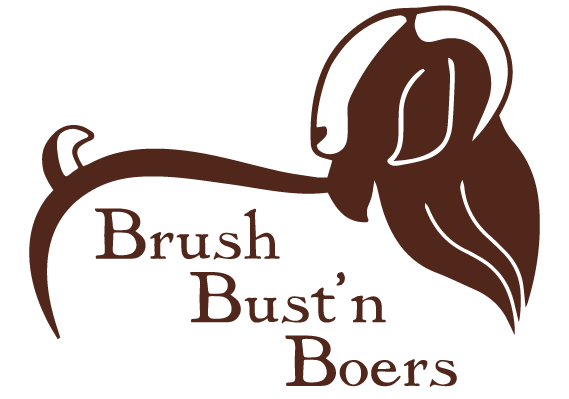Planting Manageable Vegetation
Planted native pollinator pasture
In the early part of the 20th century, Al Jolson sang a very popular song of the time called “April Showers”. The most memorable verse decreed “When April showers come your way, they bring the flowers that bloom in May”. Well, it’s not April and we’ve had much more than showers to contend with, but believe it or not Spring is finally here! The rain has turned warm, the grass the goats graze upon is slowly turning green, and if everything goes according to plan,we should have some beautiful flowers to enjoy beginning in April or May.
I’m a member of the California Farm Bureau and as a member I receive a weekly newspaper, keeping me up to date on agricultural issues throughout the state. Last Summer, I was reading an article about a program sponsored by Project APIS. They are an organization that provides funding for research, resources, and solutions for honey bee health and vitality. This program provides free flowering seeds to farmers and ranchers who will plant, allow the flowers to bloom, and turn to seed before harvesting. I applied and was given one ton of seed. Last Fall, I sowed this seed over the face of the dam, a green belt parcel I cleared off Chaparral Dr. and part of the parcel at the end of Minnow Way where the recycling center is.
You might be asking yourself, why are you planting? I thought we were paying you to remove vegetation? A fair question, but the answer requires a bit of an explanation of fire, soil, and plant science. You plant a “cover crop” to retain moisture, prevent soil erosion, provide habitat, and replace unmanageable vegetation with plant varieties that are manageable.
No matter how much you clear every Summer for fire safety; something will grow back in the Spring. Nature abhors a vacuum. It will continually attempt to fill any empty space made available. To keep a community fire safe, you must manage what is growing every year. As we remove brush, excessive trees, and fallen logs that are difficult and expensive to manage, we can choose to replace it with something that is manageable to prevent soil erosion and retain moisture in the soil. This manageable replacement vegetation can be quickly removed by either mechanically mowing (or on steep, rocky areas) by grazing goats. In addition to providing habitat for pollinators, the replacement grasses and clovers I have planted will compete to “choke out” unmanageable vegetation.
Manageable vegetation can be used to the advantage of the fire fighter too. Large, open areas can be “back burned” much more safely by the fire fighter than wooded areas. A back burned area can be used to create a “black zone” where a wildfire can be stopped or slowed at.
Although it may seem counter-intuitive, planting manageable vegetation is safe and sustainable. It saves the soil, provides a food source for pollinators, and for a few weeks this Spring we will have some beautiful flowers to look at!

